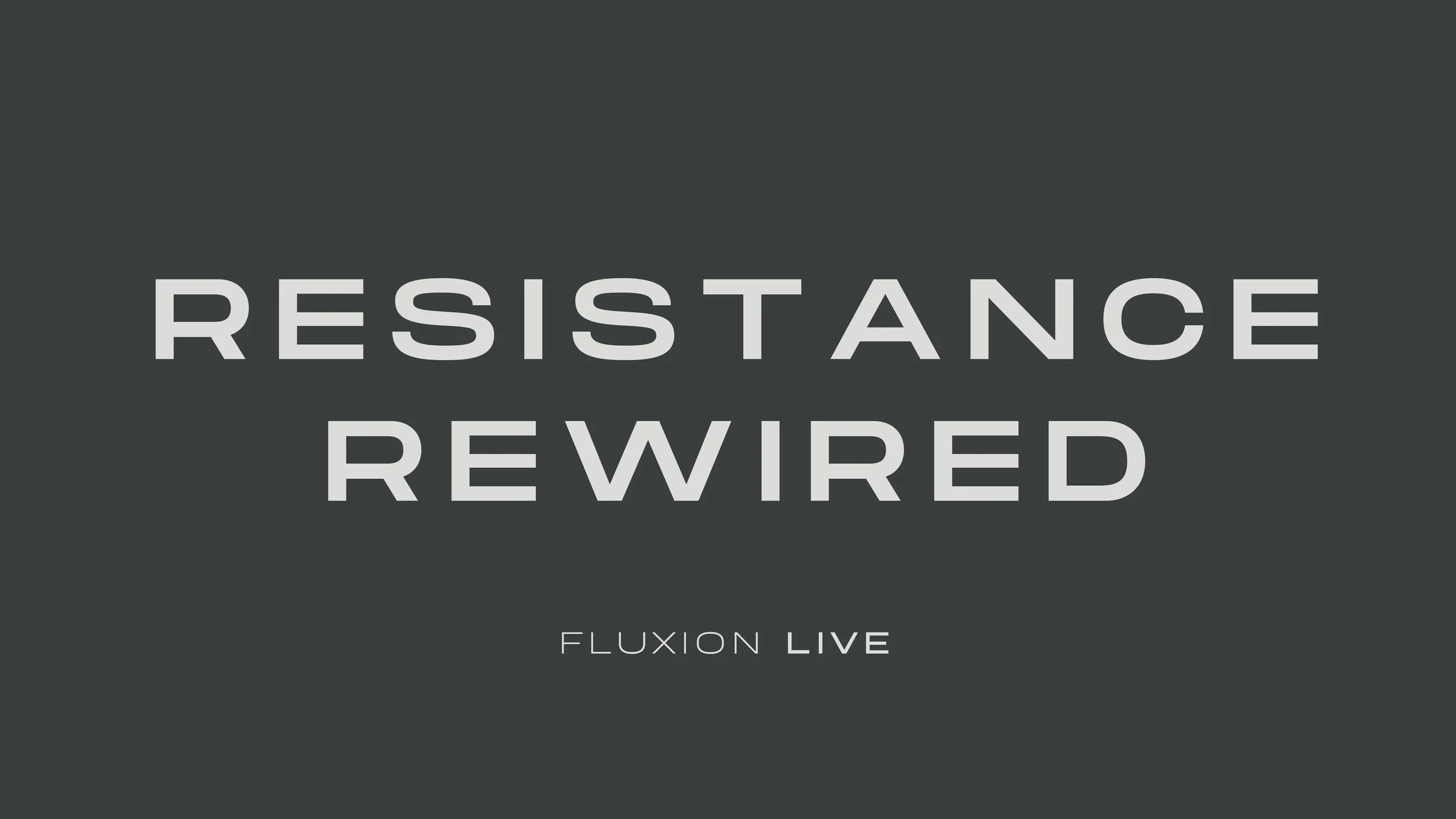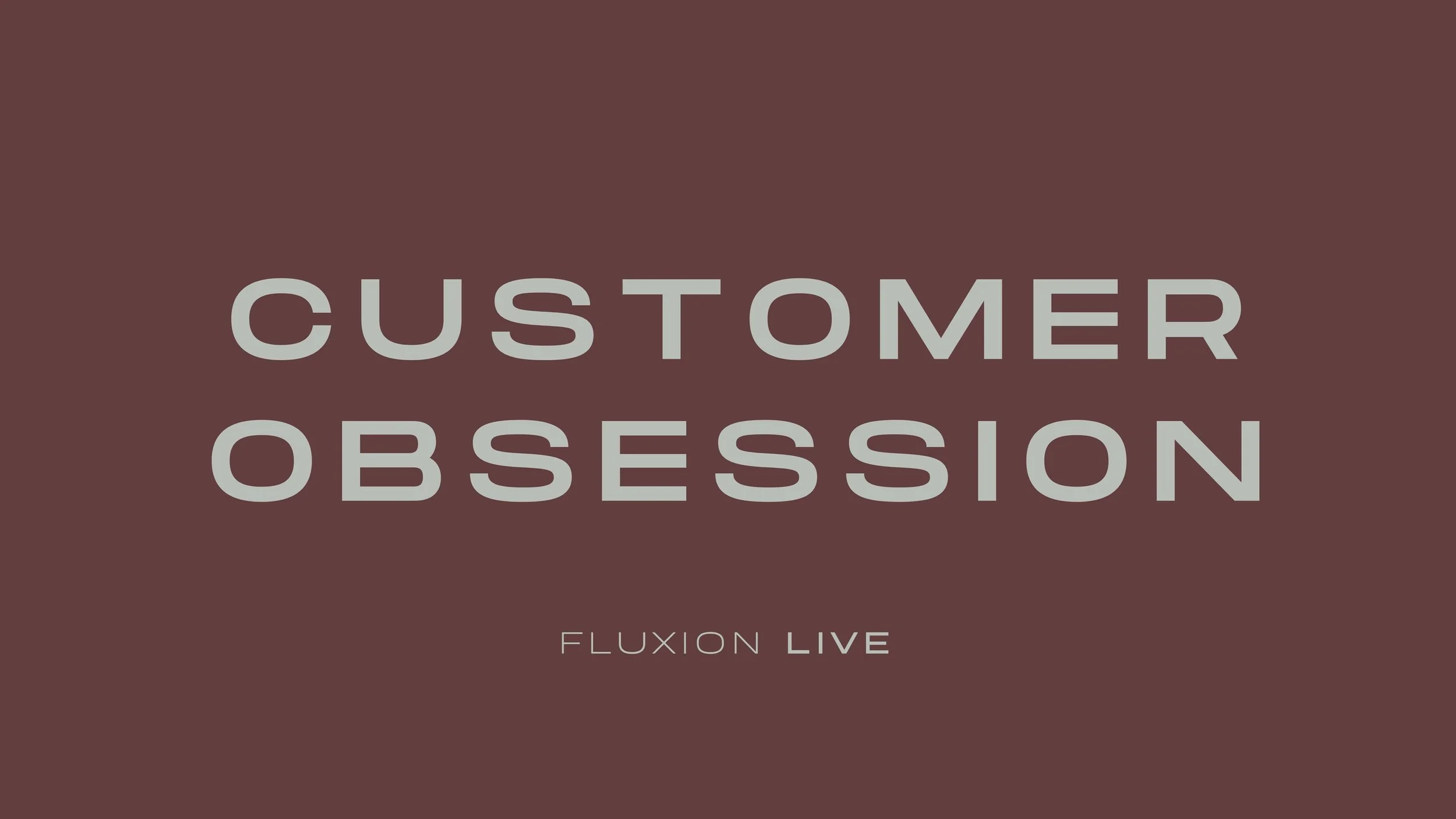Circularity: A New Way of Thinking
When we think of change, we often envision linear processes; starting with a clear beginning, following a well-trodden path and eventually reaching a defined end. We’ve been taught that change is something that happens in a straight line, with clear milestones to track. But here’s the truth: change doesn’t always work in a straight line. In fact, some of the most successful transformations are those that embrace a circular approach, a continuous loop of reflection, adaptation and improvement.
At Fluxion, our logo a circle isn’t just a design choice. It represents our philosophy on change: change is cyclical, not linear. It’s about evolution, adaptation and constant motion; where each phase feeds into the next, creating a perpetual cycle of growth and improvement. In a world where disruption is constant and the pace of change accelerates daily, this circular mindset is exactly what organisations require to thrive.
Let’s challenge the traditional views of change for a moment. We’ve been conditioned to think of change as a one-time event, a destination we reach after completing a series of steps. But real, impactful change isn’t about “arriving” at a destination; it’s about embracing the process, the ongoing journey and the continuous improvement that comes with it.
Breaking the Linear Mold: Why Change Should Be Circular
The linear model of change has been ingrained in us: you set goals, make a plan, execute and then celebrate the outcome. But let’s pause and think how often do organisations actually “arrive” at their destination? In today’s world, change doesn’t stop once the project is finished or the target is hit. New challenges emerge, priorities shift and technology evolves. The reality is, there’s no final destination.
This is why a circular approach to change is more powerful. Circularity embraces the concept of feedback loops, ongoing reflection and perpetual growth. Rather than seeing change as a finite project, you view it as an evolving process that doesn’t end once you hit your target. The next cycle of change begins immediately, using the lessons learned from the last one to inform the next phase.
Fluxion’s approach is centred on this idea of circularity. When we work with clients, we don't just help them "do change" and walk away. We guide them in building systems and mindsets that ensure continuous learning, adaptation and resilience. Our circular approach ensures that organisations can respond swiftly to changes, not just reactively but proactively, with each iteration making them stronger and more agile.
Building Resilience Through Cyclical Change
One of the biggest misconceptions about change is that it’s always about achieving a particular outcome. But in the real world, change is much more about resilience; the ability to bounce back, adapt and improve after each challenge. When you adopt a circular mindset, you build an organisation that is constantly evolving, learning from every cycle of change.
Think of change like a spiral. Each turn around the cycle brings you closer to your desired future, but you also gain new insights, skills and strategies along the way. The beauty of circular change is that it doesn’t just get you to your destination; it strengthens you with every revolution.
At Fluxion, we work with organisations to foster this resilience by ensuring that every phase of change isn’t just about completing a task. We encourage clients to reflect after each cycle: what worked, what didn’t and what can be improved next time? This ongoing reflection ensures that the organisation becomes more adaptive with every turn, creating a feedback loop that accelerates growth and drives long-term success.
Circularity in Action: Small Changes with Big Impact
The circular approach to change challenges the traditional idea that transformation must come from large, sweeping changes. Instead, small, incremental improvements made on a continuous loop often lead to far greater, more sustainable outcomes.
Here’s the key: rather than committing to one monumental change, a circular model allows organisations to make small, calculated shifts over time. These small changes are easier to manage, less likely to cause resistance, and can be adjusted quickly based on real-time feedback. This iterative process creates a snowball effect; each small change builds upon the last, creating lasting impact without the risks of grand, one-time transformations.
Circularity allows for change to be both quick and adaptable. Instead of waiting months or years for the dust to settle on a major transformation, you are constantly adapting and improving with every loop. You stay relevant, competitive, and resilient, no matter how rapidly the external environment changes.
Feedback Loops: The Heart of Circular Change
The heart of a circular model of change lies in feedback loops an ongoing process of learning, adjustment and evolution. This creates a dynamic environment where feedback isn’t just gathered at the end of a project, but continuously integrated into the process.
Why is this so important? Because feedback drives continuous improvement. Every cycle of change provides valuable insights that fuel the next round. In this way, change doesn’t just happen in one direction, it builds upon itself in an ever-accelerating cycle of progress.
Fluxion encourages our clients to integrate feedback into every phase of their change journey. From the start, we work with teams to design a change process that allows for real time input and course correction. This constant flow of feedback ensures that the organisation isn’t simply reacting to change, but actively shaping it and evolving alongside it.
A Circular Culture of Adaptation
Finally, circularity is about building a culture of adaptation. When organisations adopt a cyclical approach to change, they move away from a “one-time effort” mentality and cultivate a mindset that is always looking for the next opportunity to improve, to pivot and to evolve.
In this culture, change becomes a part of the organisation’s DNA. Leaders and teams understand that change is a constant companion, not a disruptive force. They become more resilient, more agile and more capable of managing whatever comes next.
At Fluxion, we guide clients through this transformation by helping them build adaptive systems and processes. We ensure that every change initiative is designed not just to solve a problem, but to embed a culture of continuous improvement that can withstand future disruptions. Circularity in change fosters a culture where everyone feels empowered to contribute to the ongoing evolution of the organisation.
Conclusion: Embrace the Circle, Embrace Continuous Growth
Change isn’t a destination; it’s a continuous process. By embracing the power of circularity in change, organisations can evolve more quickly, adapt more effectively and build a resilient foundation for the future. The traditional, linear models of change have their place, but they are no longer enough in today’s fast-paced world.
At Fluxion, we’re not just focused on delivering change; we’re focused on creating systems that ensure change is ongoing, adaptive and sustainable. The circular model is at the heart of everything we do, because we believe that change, when embraced as a cycle, leads to lasting growth. It’s time to stop thinking of change as a linear journey and start embracing the power of circularity. Change is a process, not an event. Let’s make it an ever lasting process that never ends.
Insights





